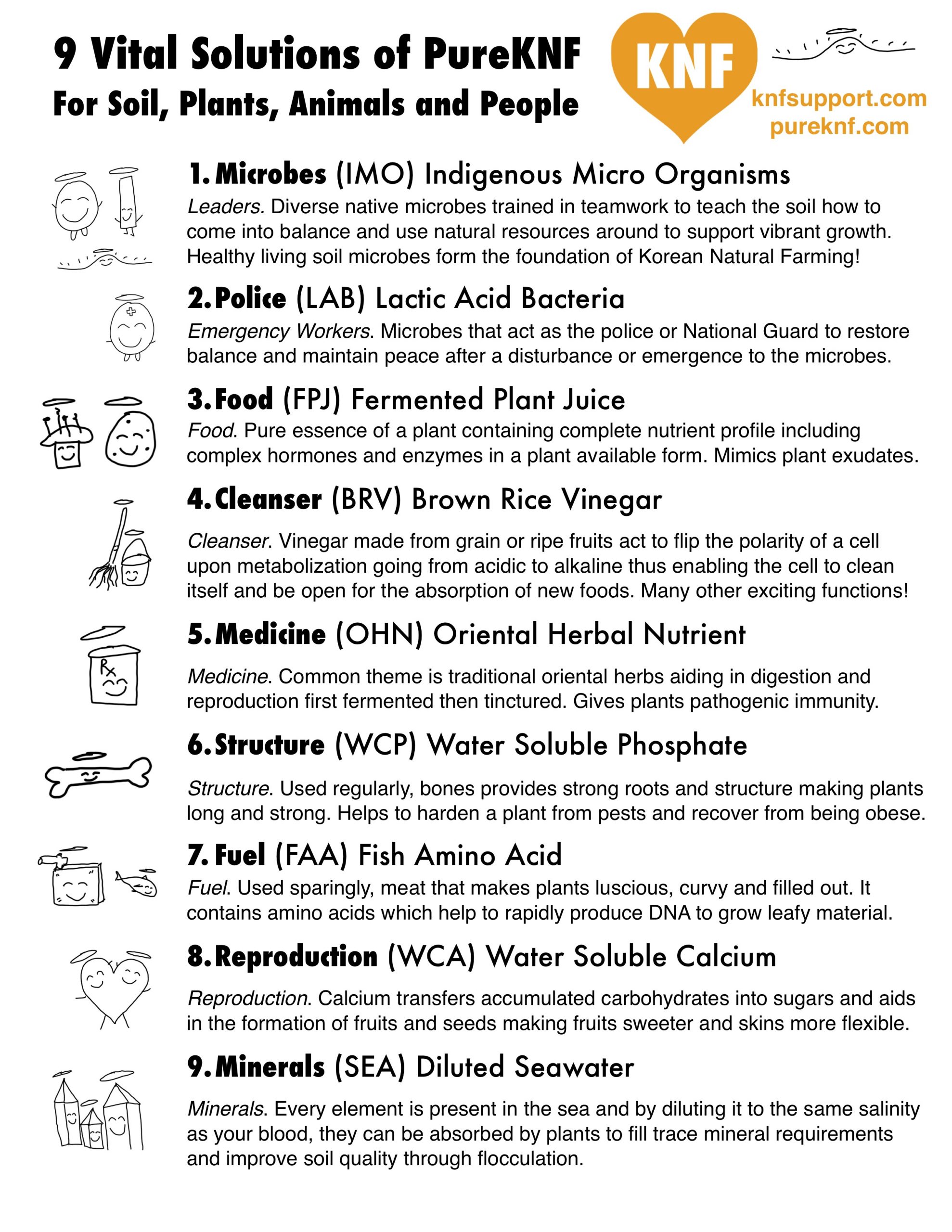Posted by: 90sRetroFan
« on: December 21, 2023, 03:04:37 pm »A rare flash of sanity from Greece:
https://www.theguardian.com/world/2023/dec/19/greece-to-legalise-papers-for-thousands-of-migrants-to-counter-labour-shortage
30000 is a tiny number (the population of Greece is >10 million), but it is better than none. Why should it be a one-off measure? The workers will eventually move to other EU countries, and Greece will need new workers. It should be regular policy.
Greece still deserves to be made Ottoman again, though:
See also:
https://trueleft.createaforum.com/enemies/hungary-v4/
https://www.theguardian.com/world/2023/dec/19/greece-to-legalise-papers-for-thousands-of-migrants-to-counter-labour-shortage
Quote
Thousands of migrants are to have their papers legalised in Greece as part of efforts to curb an acute labour shortage that is hitting key sectors of an otherwise resurgent economy.
In a move that has thrown his centre-right party into turmoil, the Greek prime minister, Kyriakos Mitsotakis, pushed through legislation on Tuesday regularising the status of about 30,000 unregistered labourers.
Critics of the bill, which was passed in a parliamentary vote with the endorsement of the leftwing opposition, have described it as dangerous. Mitsotakis’s predecessor, Antonis Samaras, who voted against the law, had argued it risked turning Greece into “a beacon of attraction for illegal migrants”.
Defending the one-off measure, the country’s migration and asylum minister, Dimitris Kairidis, told the Guardian that the legislation would help with not only labour shortages but also social cohesion.
30000 is a tiny number (the population of Greece is >10 million), but it is better than none. Why should it be a one-off measure? The workers will eventually move to other EU countries, and Greece will need new workers. It should be regular policy.
Quote
Agricultural associations, which depend on immigrants to gather fruit and vegetables, have increasingly complained of their produce rotting, and MPs in rural areas have exhorted Mitsotakis to take action. Fears for this year’s olive harvest have similarly grown, with farmers whose yields have fallen because of the climate crisis voicing alarm over the prospect of reduced pickings on account of the labour shortages.
Under the bill, migrants will be able to legalise their status more easily by acquiring residence permits in three years rather than seven if they can prove they are employed. Greek government officials have been quick to emphasise that by integrating “invisible people”, the measure will help boost public revenue with employment taxes and contributions. Many of the jobs that people from abroad are willing to do are ones that unemployed Greeks will not touch, unions say.
At a time when anti-immigrant sentiment is fuelling far-right support across Europe, the law has been welcomed, with the left seeing it as overdue, if also opportune.
“Simply because it has proven incapable of confronting the big problem of labour shortages, the government has been forced to adopt [our] proposal and has moved ahead with the rapid legalisation of work and residence permits for undocumented migrants,” said Theodora Tzakri, who heads the main opposition party Syriza’s parliamentary group.
Greece still deserves to be made Ottoman again, though:
Quote
On Europe’s south-eastern frontline, Greece has long been a gateway to the EU, and the centre-right administration has faced criticism for enforcing self-declared “tough but fair” migration policies that have sought to keep asylum seekers at bay through illegal “pushbacks” at land and sea borders, according to human rights groups.
With ruling party MPs told they would face discipline if they failed to back the bill on Tuesday, cabinet ministers were at pains to stress that the measure in no way presaged a relaxation of the government’s migration management agenda.
See also:
https://trueleft.createaforum.com/enemies/hungary-v4/

